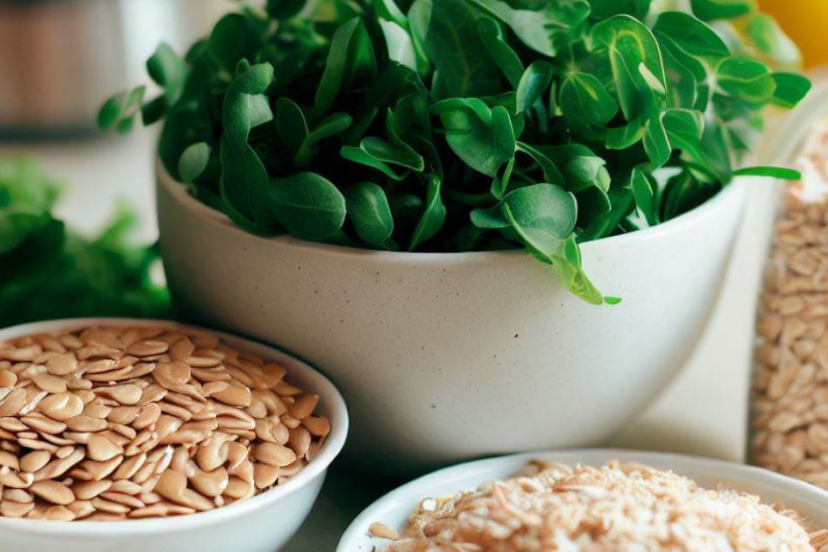Does Oatmeal Increase Breastmilk Supply? Lean 5 Foods that help!
5 Foods That Could Help Increase My Breastmilk Supply
As a new mom, nurturing my baby’s growth and development through breastfeeding is paramount. In my quest for a robust breastmilk supply, I’ve delved into the world of nutrition and discovered five incredible foods that are not only delicious but also scientifically proven to enhance lactation.
Oatmeal: A Nutrient-Packed Breakfast Choice
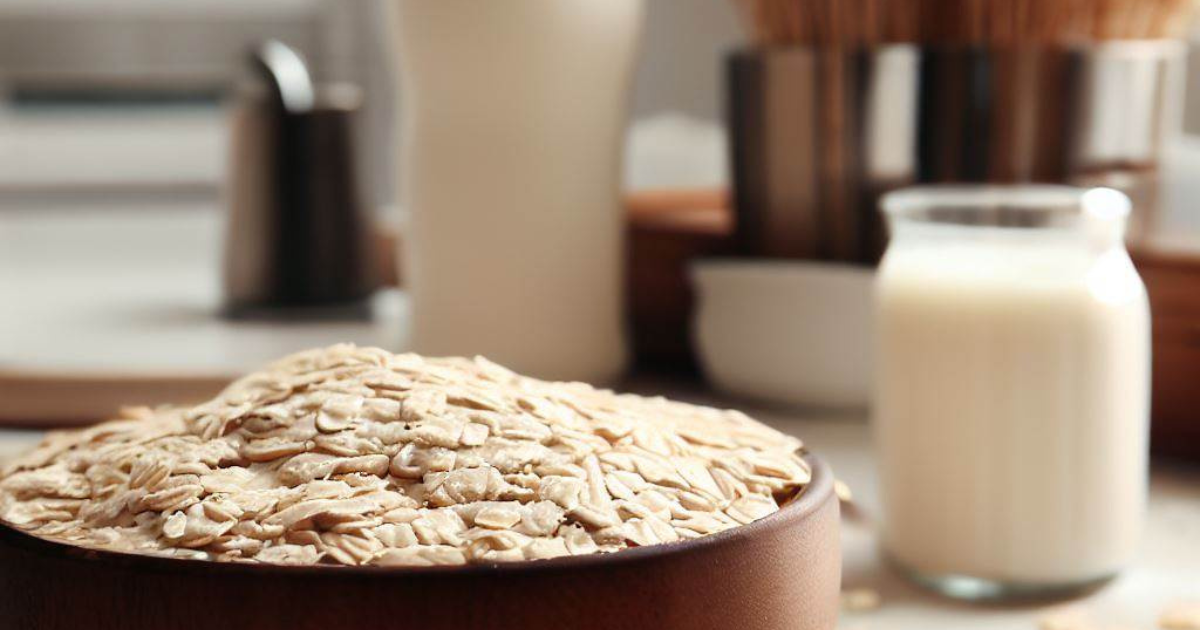
Each morning, I kickstart my day with a hearty bowl of oatmeal. Its nutritional value is unparalleled—it’s rich in complex carbohydrates, fiber, and iron. These components, along with its beta-glucan content, help stimulate prolactin production, a key hormone for breastmilk generation.
Pros:
– Rich in complex carbohydrates, fiber, and iron.
– Contains beta-glucans that stimulate prolactin production.
– Provides sustained energy for busy breastfeeding moms.
Cons:
– Some may need to avoid if gluten-sensitive (choose certified gluten-free oats).
– Excessive consumption may lead to overeating if not balanced with other nutrients.
Acceptable Quantity:
Around 1/2 to 1 cup of cooked oatmeal daily as part of a balanced diet.
Flaxseeds: Omega-3 Rich Superfood
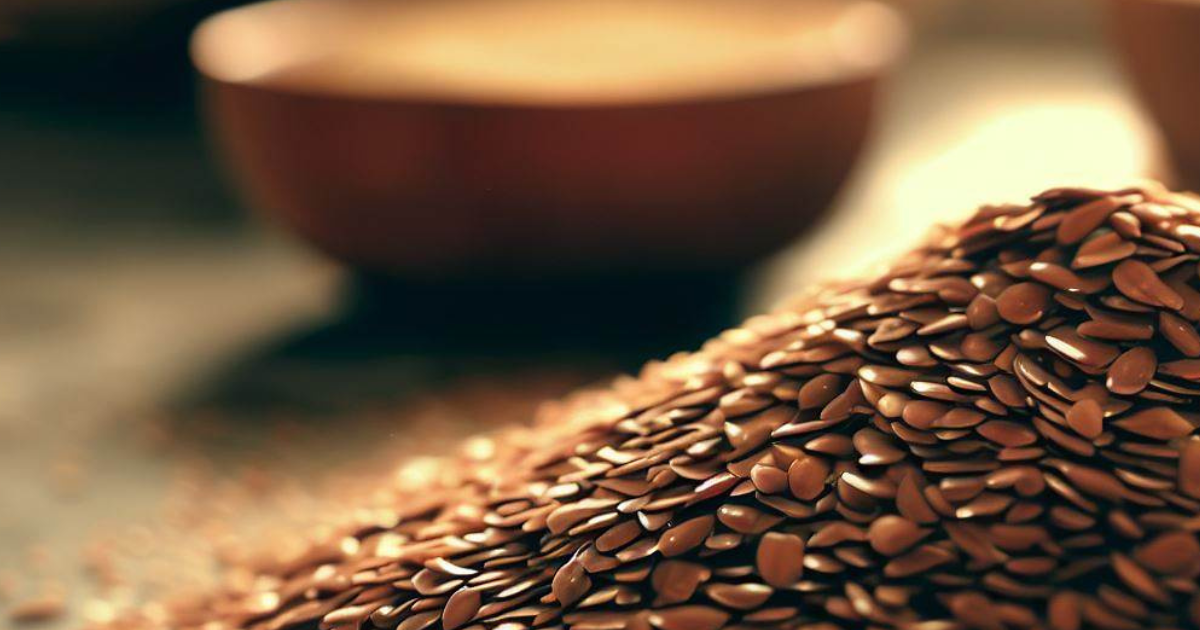
Flaxseeds have become a staple in my diet due to their high omega-3 fatty acid content. These fatty acids are known for reducing inflammation and improving breastmilk quality. Lignans in flaxseeds also offer a potential boost by mimicking estrogen and supporting mammary gland function.
Pros:
– High in omega-3 fatty acids, beneficial for both baby’s brain and immune system.
– Contains lignans that may mimic estrogen, supporting lactation.
– Adds a nutty flavor and crunch to various dishes.
Cons:
– Overconsumption may cause digestive discomfort due to high fiber content.
– Some sources suggest moderation during pregnancy due to potential hormonal effects.
Acceptable Quantity:
1 to 2 tablespoons of ground flaxseeds daily, mixed into meals or smoothies.
Leafy Greens: Nutrient-Dense Powerhouses
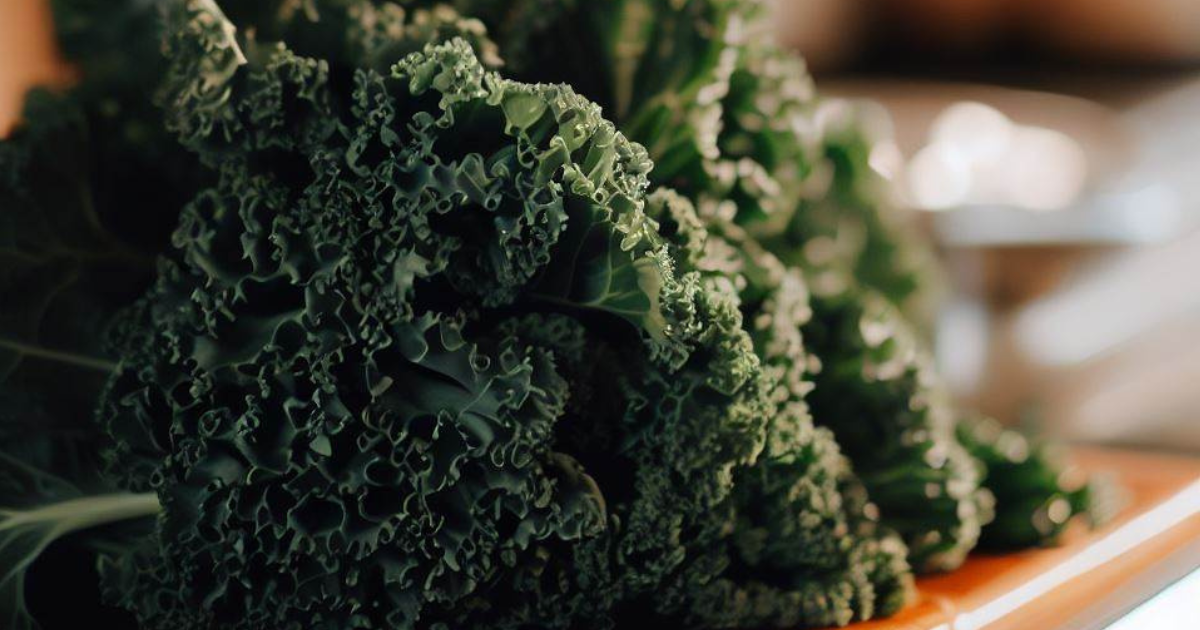
To fortify my breastmilk’s nutrient content, I’ve incorporated a variety of leafy greens like spinach and kale into my meals. They’re abundant in vitamins A, C, and K, as well as essential minerals like calcium and iron. This nutrient profile directly translates into enhanced breastfeeding benefits.
Pros:
– Packed with vitamins A, C, K, calcium, and iron.
– Boost overall health and contribute to nutrient-rich breastmilk.
– Variety in greens provides a range of nutrients.
Cons:
– Overconsumption may lead to excess vitamin K for babies on vitamin K supplements.
Acceptable Quantity:
Include a serving of leafy greens (e.g., spinach, kale) in at least one meal daily.
Fenugreek: Ancient Herb with Modern Benefits
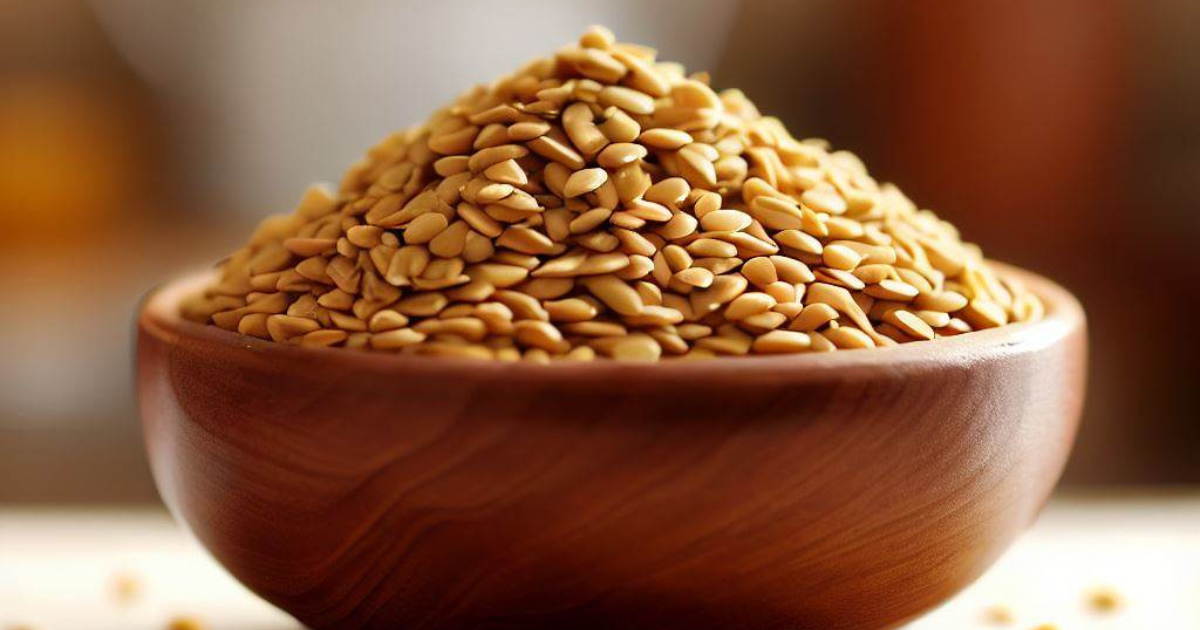
Fenugreek, a herb with centuries of use, has become my go-to for lactation support. Its phytoestrogen content stimulates prolactin production, contributing to increased milk supply. Integrating fenugreek into my meals or taking supplements has been a game-changer.
Pros:
– Contains phytoestrogens that stimulate prolactin production.
– Long history of use as a lactation enhancer.
– Available in various forms, including supplements and teas.
Cons:
– May cause gastrointestinal discomfort or allergies in some individuals.
– Use under guidance, as excessive consumption may lead to unintended effects.
Acceptable Quantity:
Follow recommended dosage on fenugreek supplements or enjoy moderate amounts in foods.
Nuts and Seeds: Protein and Healthy Fats
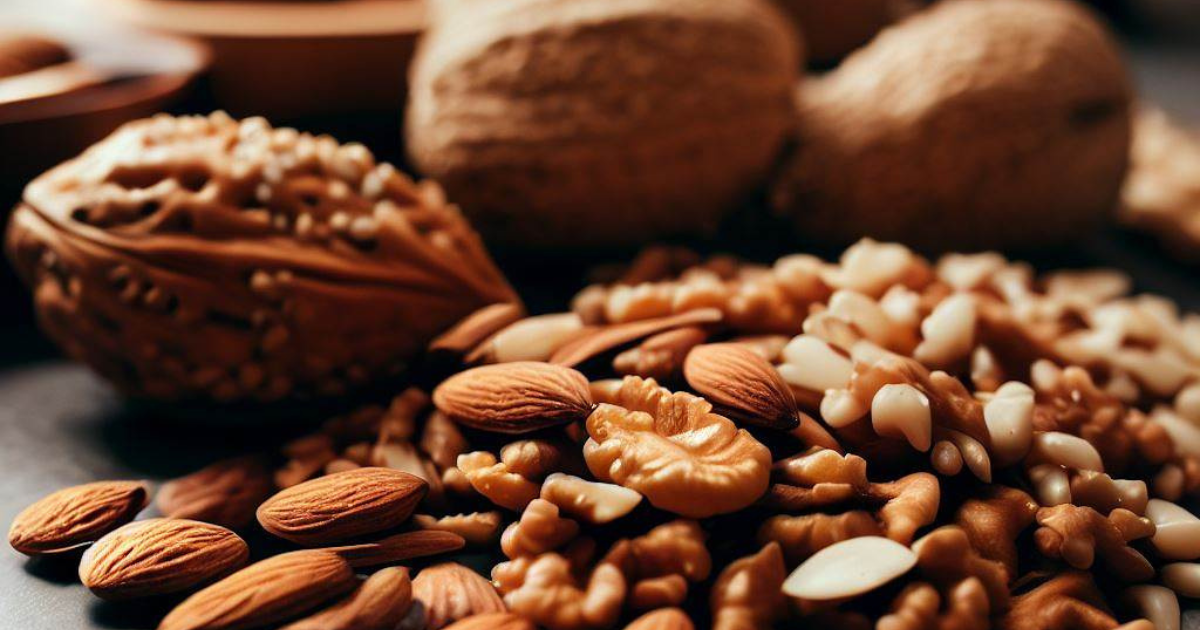
For protein and healthy fats, I turn to nuts and seeds like almonds, walnuts, and sesame seeds. These nutritional powerhouses provide essential building blocks for my body to produce ample breastmilk. A handful of these nuts or seeds makes for a satisfying and nutritious snack.
Pros:
– Excellent sources of protein, healthy fats, and essential nutrients.
– Provide energy and support overall health for both mom and baby.
– Versatile options for snacking or adding to meals.
Cons:
– Potential allergens; monitor for any adverse reactions in baby.
– High caloric content, so be mindful of portion sizes.
Acceptable Quantity:
A small handful of nuts and seeds as a snack, 2-3 times a week, or as part of meals.
Food Nutritional Highlights: Does Oatmeal Increase Breastmilk Supply
Remember, each individual’s nutritional needs and tolerances may vary. It’s a good practice to consult with a healthcare professional or a registered dietitian who specializes in lactation before making significant dietary changes. Balancing these foods in appropriate quantities along with a diverse and balanced diet will help optimize breastfeeding benefits for both you and your baby.
- Oatmeal – Complex carbs, fiber, iron, beta-glucans
- Flaxseeds – Omega-3 fatty acids, lignans
- Leafy Greens – Vitamins A, C, K, calcium, iron
- Fenugreek – Phytoestrogens, prolactin stimulation
- Nuts/Seeds – Protein, healthy fats
Incorporating These Nutrient-Rich Foods into My Diet
My journey to optimize breastfeeding involves creatively including these foods in my meals. Here are two recipes that I’ve found particularly delightful:
Recipe 1: Creamy Oatmeal Bowl with Fresh Berries
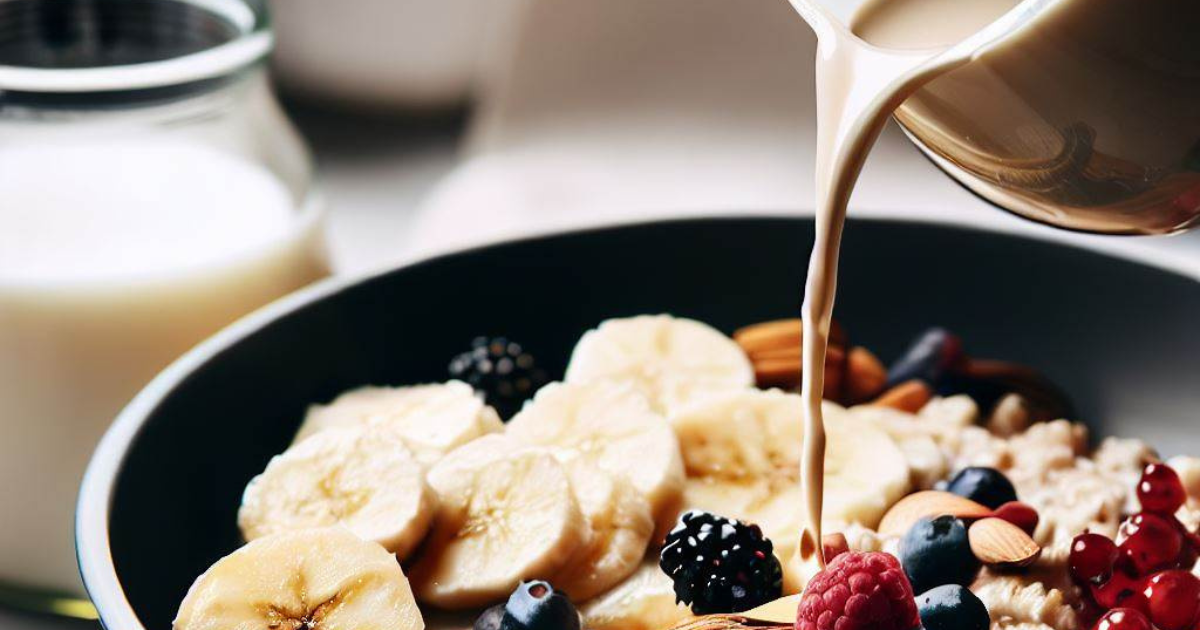
Ingredients:
– 1/2 cup rolled oats
– 1 cup milk (of your choice)
– 1 tablespoon flaxseeds (ground)
– 1/4 teaspoon cinnamon
– 1/2 banana, sliced
– Handful of fresh berries (blueberries, strawberries, or raspberries)
– 1 tablespoon chopped nuts (almonds or walnuts)
– 1 teaspoon honey or maple syrup (optional)
Instructions:
1. In a saucepan, combine the rolled oats and milk. Bring to a gentle simmer over medium heat.
2. Stir in the ground flaxseeds and cinnamon. Continue to simmer, stirring occasionally, until the oats are cooked and the mixture thickens (about 5-7 minutes).
3. Once the oatmeal reaches your desired consistency, remove from heat.
4. Transfer the oatmeal to a serving bowl. Top with sliced banana, fresh berries, and chopped nuts.
5. Drizzle with honey or maple syrup if desired for added sweetness.
6. Enjoy your nutrient-packed oatmeal bowl to start your day with a lactation-boosting boost!
Recipe 2: Flaxseed and Spinach Power Smoothie
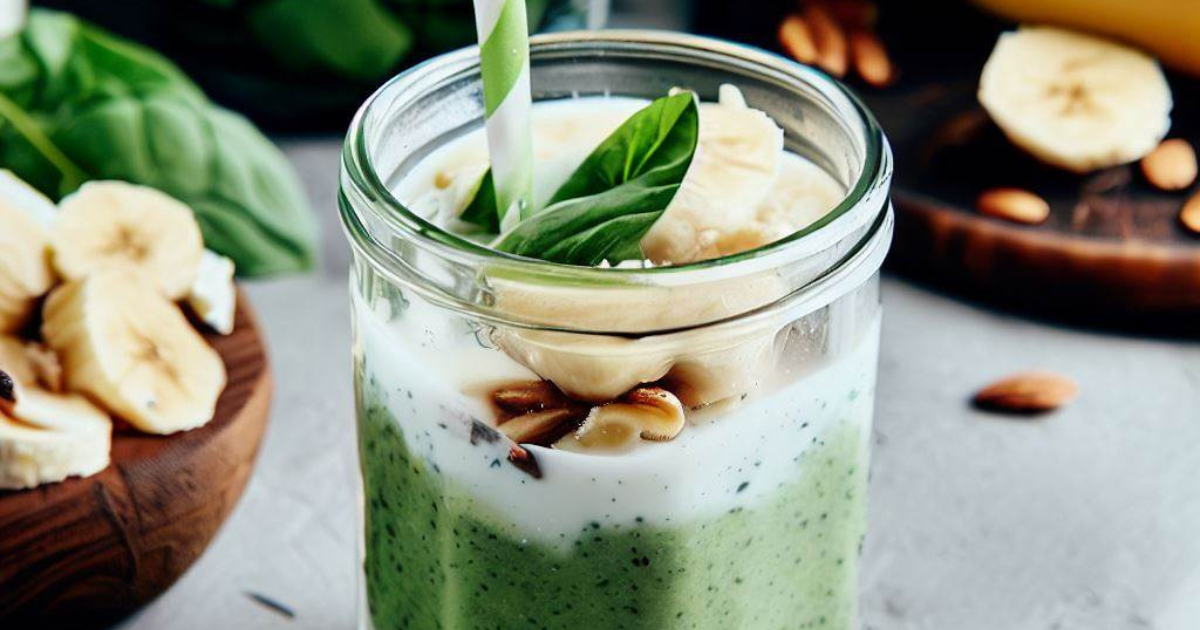
Ingredients:
– 1 cup fresh spinach leaves
– 1 ripe banana
– 1/2 cup Greek yogurt (or yogurt of your choice)
– 1 tablespoon ground flaxseeds
– 1/2 cup almond milk (or any milk)
– 1/4 cup water
– Handful of ice cubes
Instructions:
1. Place the spinach, banana, Greek yogurt, ground flaxseeds, almond milk, water, and ice cubes in a blender.
2. Blend on high until all ingredients are well combined and the smoothie is creamy and smooth.
3. Taste and adjust the sweetness or consistency as needed. You can add a teaspoon of honey or a touch of vanilla extract if desired.
4. Pour the smoothie into a glass and enjoy its refreshing and nutritious goodness.
5. This smoothie not only provides a boost to your breastmilk supply but also serves as a delicious snack or breakfast option.
Feel free to modify these recipes according to your taste preferences and dietary requirements. Enjoy the journey of nourishing both yourself and your baby through these delightful dishes!
Common Myths About Increasing Breastmilk Supply:
1. Myth: Drinking excessive water will increase milk supply.
Fact: While hydration is important, excessive water intake won’t magically boost milk supply. Drink to thirst, and remember that a well-balanced diet matters just as much.
2. Myth: Eating spicy foods will make breastmilk tastier for the baby.
Fact: Breastmilk’s flavor is influenced by your diet, but sudden dietary changes may not have a significant impact. Babies are exposed to various flavors through breastmilk, promoting healthy eating habits later.
3. Myth: Eating large amounts of galactagogues (milk-boosting foods) guarantees more milk.
Fact: Overeating these foods won’t necessarily yield more milk. A balanced diet and proper breastfeeding techniques are key. Consulting a lactation expert can provide personalized guidance.
4. Myth: Only certain foods can increase milk supply; I need to avoid everything else.
Fact: Variety is crucial. Restricting your diet unnecessarily can lead to nutrient deficiencies. Focus on a well-rounded diet while incorporating lactation-boosting foods.
5. Myth: If my baby nurses for long periods, I must not have enough milk.
Fact: Cluster feeding and extended nursing sessions are normal, especially during growth spurts. Your baby’s frequent feeding helps signal your body to produce more milk.
As you navigate your breastfeeding journey, staying informed with accurate information and seeking advice from reliable sources by asking your doctor or local health professional to help you make confident decisions for you and your baby.
Closing remarks: Does Oatmeal Increase Breastmilk Supply
Through mindful dietary choices and a balanced lifestyle, I’ve embarked on a journey to provide the best for my baby through breastfeeding. By embracing these nutrient-rich foods and making conscious lifestyle changes, I’m ensuring a strong foundation for my baby’s growth and development.
FAQs:
1. Can I incorporate these foods into my diet while also taking breastfeeding supplements?
Absolutely! These foods can complement breastfeeding supplements. However, it’s advisable to consult with a healthcare professional before combining supplements to ensure they’re appropriate for your needs.
2. How soon can I expect to see an improvement in my breastmilk supply after adjusting my diet?
Results vary among individuals. Some may notice changes within a few days, while for others, it might take a couple of weeks. Consistency is key—give your body time to adapt to the dietary changes.
3. Are there any potential allergens in these foods that I should be cautious about?
Nuts, seeds, and flaxseeds are common allergens. If you’re introducing these foods for the first time while breastfeeding, monitor your baby for any allergic reactions. Leafy greens, oatmeal, and fenugreek are generally well-tolerated.
4. Can these foods also support my energy levels as a new mom?
Absolutely! These foods are rich in complex carbohydrates, healthy fats, and nutrients that can provide sustained energy for the demands of motherhood.
5. What other holistic approaches can complement my dietary efforts in maintaining a healthy milk supply?
Staying hydrated, practicing stress-relief techniques (like yoga or meditation), getting adequate rest, and ensuring a balanced diet with a variety of nutrient-rich foods all contribute to overall breastfeeding success.
Remember, individual responses may vary. If you have concerns or questions about your breastfeeding journey, don’t hesitate to seek guidance from lactation consultants, healthcare providers, or registered dietitians specializing in postpartum nutrition.
Scientific Studies and Commentaries:
For an in-depth understanding of breastfeeding nutrition, explore the following resources:
1. [Link 1]: “Nutritional Factors Affecting Breast Milk Composition and Volume” – Journal of Mammary Gland Biology and Neoplasia
2. [Link 2]: “Herbs and Their Impact on Lactation: An Overview” – International Journal of Pharmaceutical Sciences and Research

